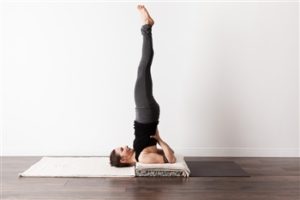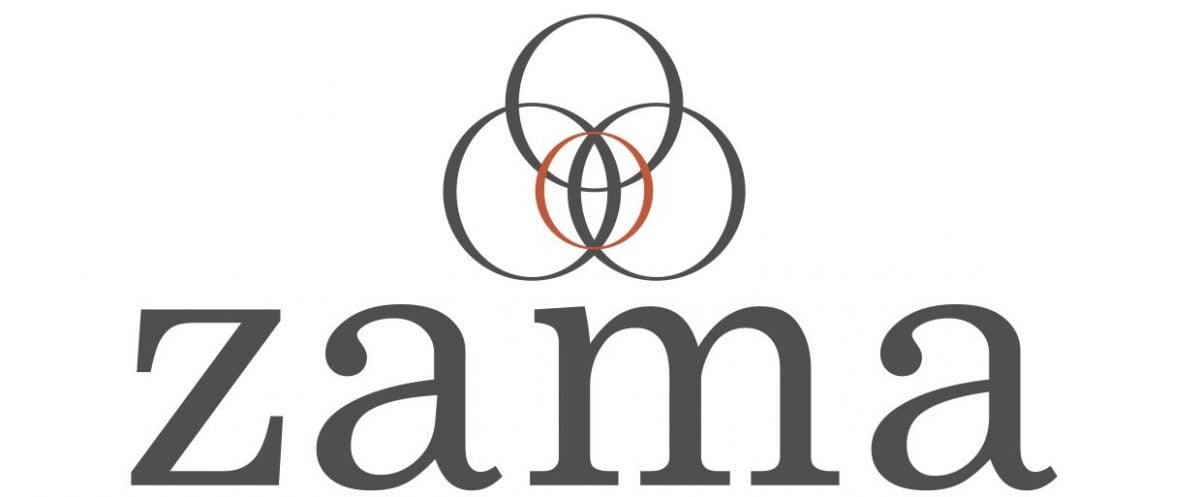 As we soar into the new year, you may be beginning to feel a little overwhelmed with how quickly time is moving. Or maybe you’re feeling a little fatigued and sluggish from the record high temperatures we’ve recently encountered. Our Zamasana for March, Salamba Sarvangasana, will help you to relieve some of that stress, and help bring harmony back to the body and mind.
As we soar into the new year, you may be beginning to feel a little overwhelmed with how quickly time is moving. Or maybe you’re feeling a little fatigued and sluggish from the record high temperatures we’ve recently encountered. Our Zamasana for March, Salamba Sarvangasana, will help you to relieve some of that stress, and help bring harmony back to the body and mind.
Salamba Sarvangasana means “supported all limbs pose”, which is commonly referred to as Shoulderstand. The benefits of this posture helps to promote good blood circulation, calms the nerves by stimulating the parasympathetic nervous system, reduces anxiety, insomnia, and irritability, eases fatigue, and aids digestive disorders.
HOW TO PRACTICE SARVANGASANA
We recommend using folded blankets under your shoulders as shown in the image to protect your neck.
1. Begin by lying on your back with your legs out in front of you and your arms by your side.
2. Slowly raise one leg at a time towards the ceiling, keeping your back flat on the ground and arms down by your side, so that your body is shaped like the letter ‘L’.
3. When you are ready, press your arms into the ground, and with control begin to lift your lower spine off the ground one vertebra at a time. Tilt your legs towards your head (keeping your knees bent if needed) until your weight is resting on the edge of your shoulders. Place both of your hands at your lower back to help support your weight and maintain the posture.
4. When you feel steady, you can begin to raise your legs upwards one at a time, maintaining a straight line from the edge of your shoulders to the tips of your toes. Take care not to force the neck into an extreme bend; leave space under the center of the neck to avoid over-straining. If practising without props, don’t worry about coming into a vertical line with the body. You will still benefit greatly from the inversion whilst keeping your neck safe too! (remember it is a shoulder stand not a neck stand).
5. To come down, slowly soften your knees towards your forehead, and with control lower your back one vertebra at a time. Once your back is fully connected back on the mat, you can lower your legs one at a time until you are lying flat on the mat.
